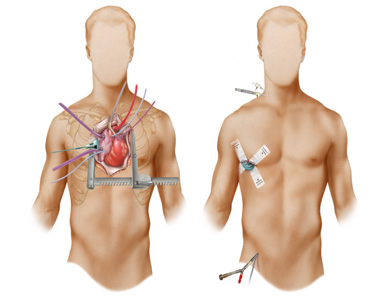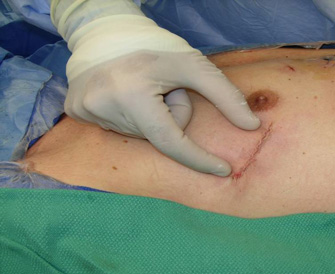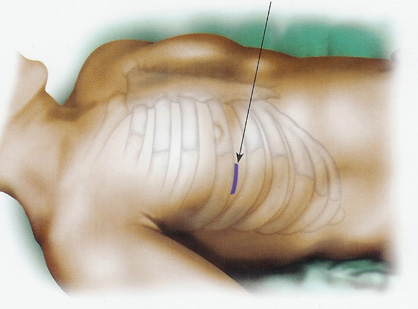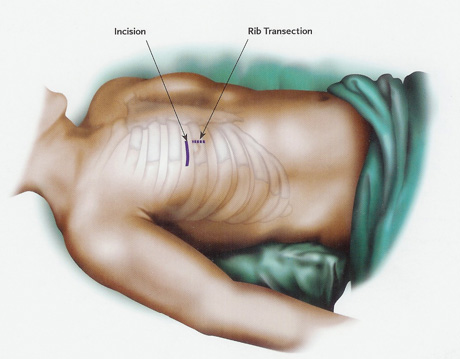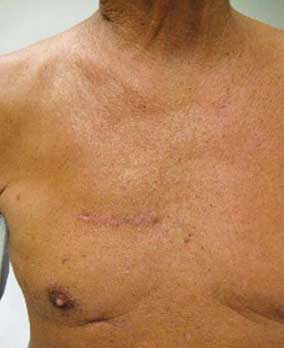Minimally Invasive CABG Surgery
An Effective and Attractive Alternative
Patients who need surgery and desire a minimally invasive approach now have an option: a CABG procedure performed with minimal incisions – without the traditional sternotomy scar. The clinical benefits, combined with the cosmetic benefits and increased satisfaction levels, make it a very attractive option for your patients.
What is a MICS CABG procedure?
MICS CABG is an off-pump, multi-vessel CABG procedure in which the anastomoses are performed under direct vision through a lateral mini-thoracotomy (a 5-7cm posterior lateral thoracotomy). The internal mammary artery (IMA) harvest can be performed under direct vision, with video assistance, or robotically. Additionally, to assist in achieving complete revascularization, a hybrid approach or pump-assisted beating heart approach can be employed.
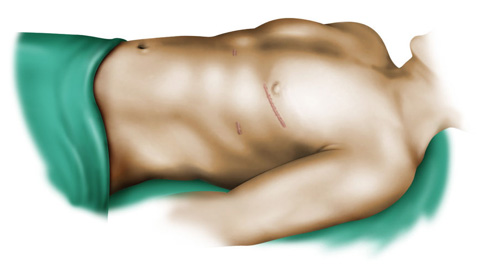
Potential benefits of MICS CABG
- Complete revascularization can be achieved
- Improved cosmetic outcome & patient satisfaction
- Reduced hospital length of stay
- Improved referring physician satisfaction with a surgical procedure
- Improved clinical outcomes
- Lasting effects of a surgical LIMA–LAD anastomosis
Who can benefit from MICS CABG?
- Patient Selection
- Patients who meet the following criteria may benefit from MICS CABG.
Are you eligible?
Coronary Anatomy
- Left main coronary artery disease (CAD) with normal right coronary artery (RCA)
- Triple vessel disease with medium to large posterior descending artery (PDA)
- Complex proximal left sided lesions with or without large branch involvement
- Previous unsuccessful stenting
Co-Morbidities
- Patients at high risk for problems with median sternotomy, including but not limited to:
- Long-term steroid use
- Severe chronic obstructive pulmonary disease (COPD)
- Advanced age
- Need for other major non-cardiac operative procedure
- Severe deconditioning
- Arthritis or orthopedic problems
AFTER SURGERY | What to Expect
Recovery
MICS CABG patients commonly have shorter ICU stays than conventional CABG patients and typically leave the hospital earlier than with other CABG procedures. MICS CABG approaches can also potentially lead to shorter hospital stays compared to conventional bypass. Patients often report being able to get back to normal activities within days, versus weeks.
Once at home, MICS CABG patients have no physical restrictions. This type of recovery adds up to patients who are happy to see you at their follow-up appointments.



